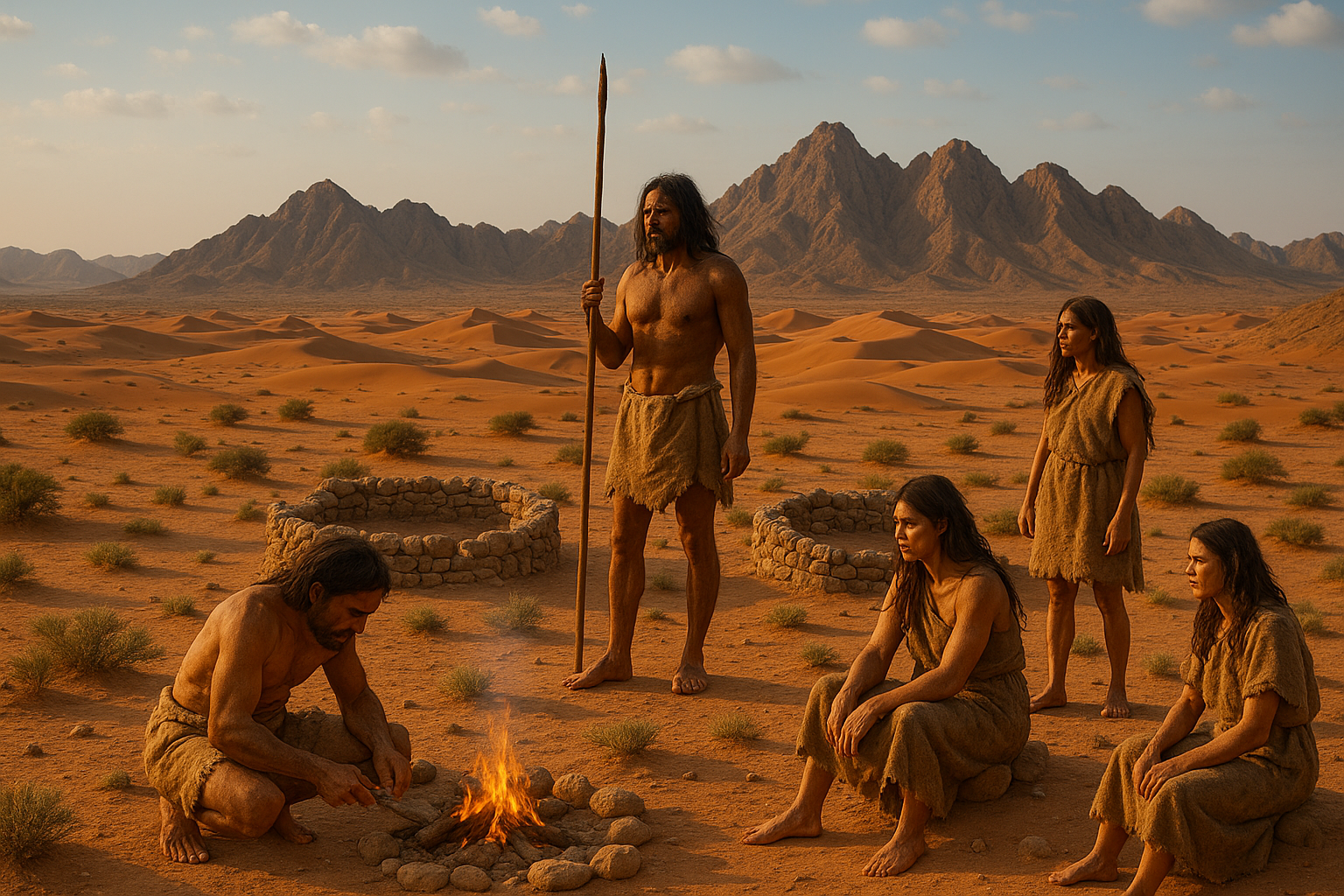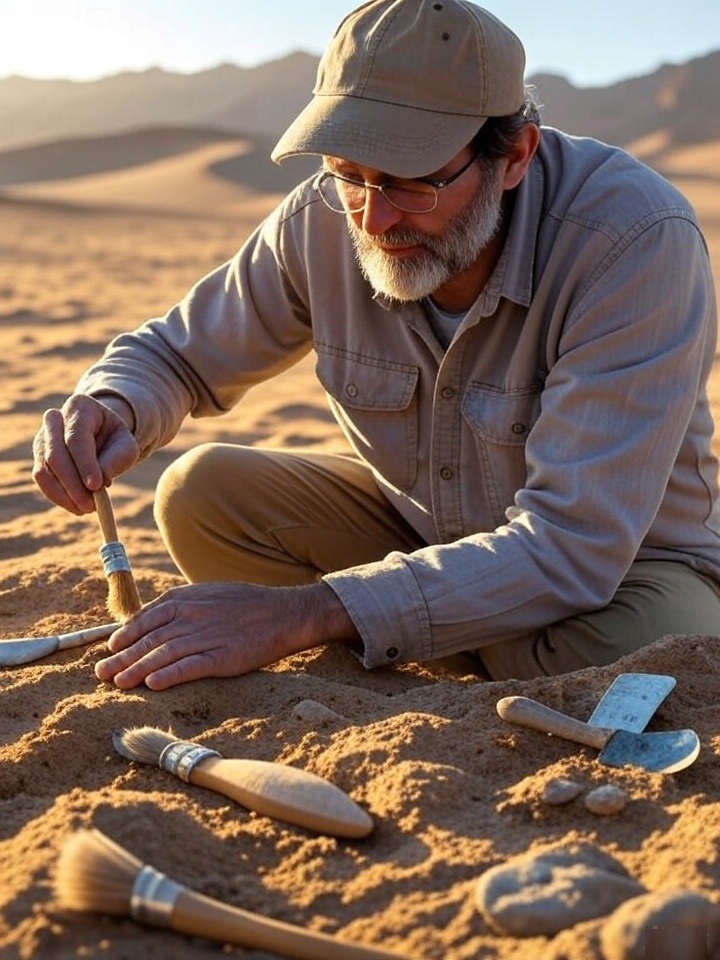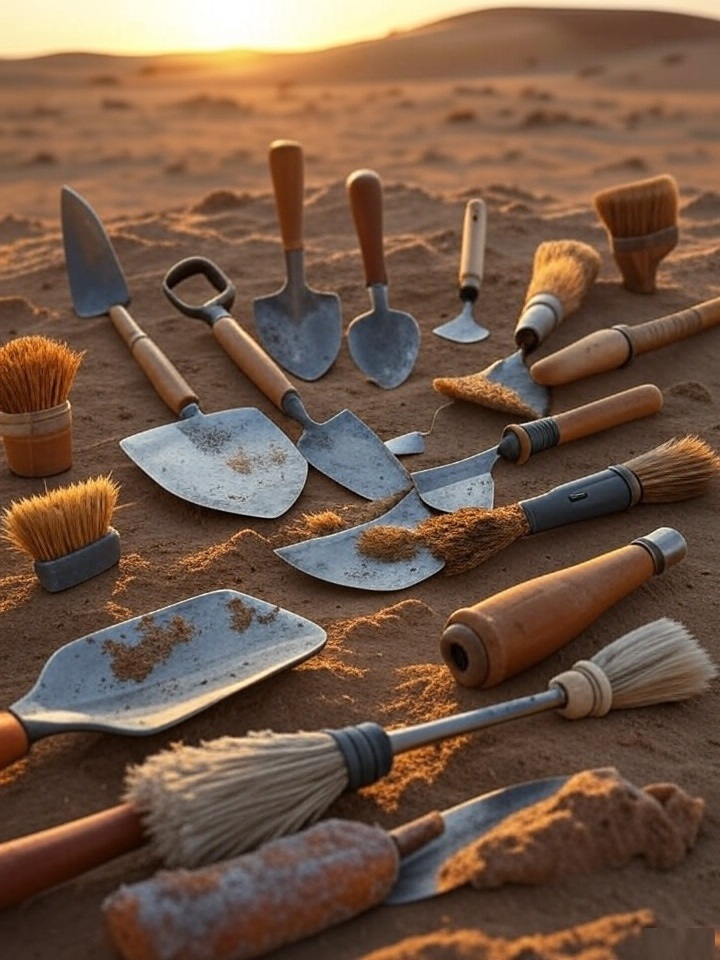Faya Palaeolandscape Blog
Exploring the Ancient History of a UNESCO World Heritage Site
Faya’s Environmental Adaptations
Published on July 26, 2025
The Faya Palaeolandscape, a UNESCO World Heritage Site in Sharjah, UAE, offers a window into how early humans adapted to the challenges of a desert environment over 210,000 years. Through innovative tool use and resource management, these resilient populations thrived amid shifting climatic conditions.

Archaeological evidence from Faya reveals sophisticated stone tools designed for hunting and processing scarce resources. During wetter periods, these tools were used to exploit seasonal lakes and grasslands, while in drier times, they adapted for gathering desert vegetation and small game, showcasing remarkable ingenuity.


The landscape’s limestone ridges and rock shelters provided natural protection, with evidence of temporary camps indicating strategic site selection. These settlements shifted with environmental changes, reflecting an adaptive response to the region’s fluctuating water availability over millennia.
Resource Utilization
Early humans at Faya utilized local materials like flint and shells, crafting tools and ornaments that highlight their ability to adapt to resource scarcity. This resourcefulness allowed sustained habitation, making Faya a testament to human endurance in harsh desert conditions.
Disclaimer
This blog is an independent, non-commercial project dedicated to sharing educational content about the Faya Palaeolandscape. All information is sourced from credible, publicly available resources and is intended for educational purposes only. This site is not affiliated with any official organizations managing the Faya Palaeolandscape.